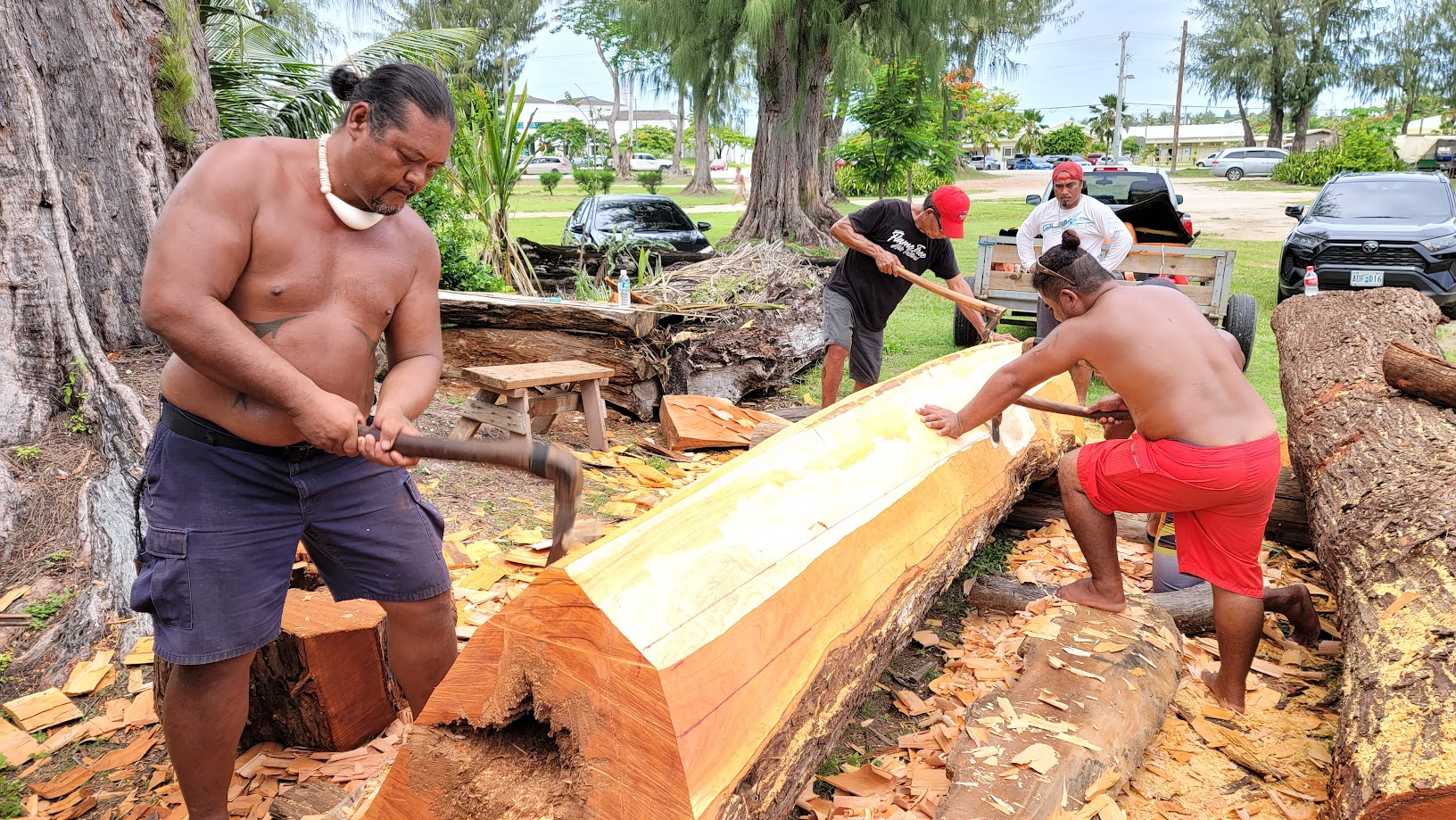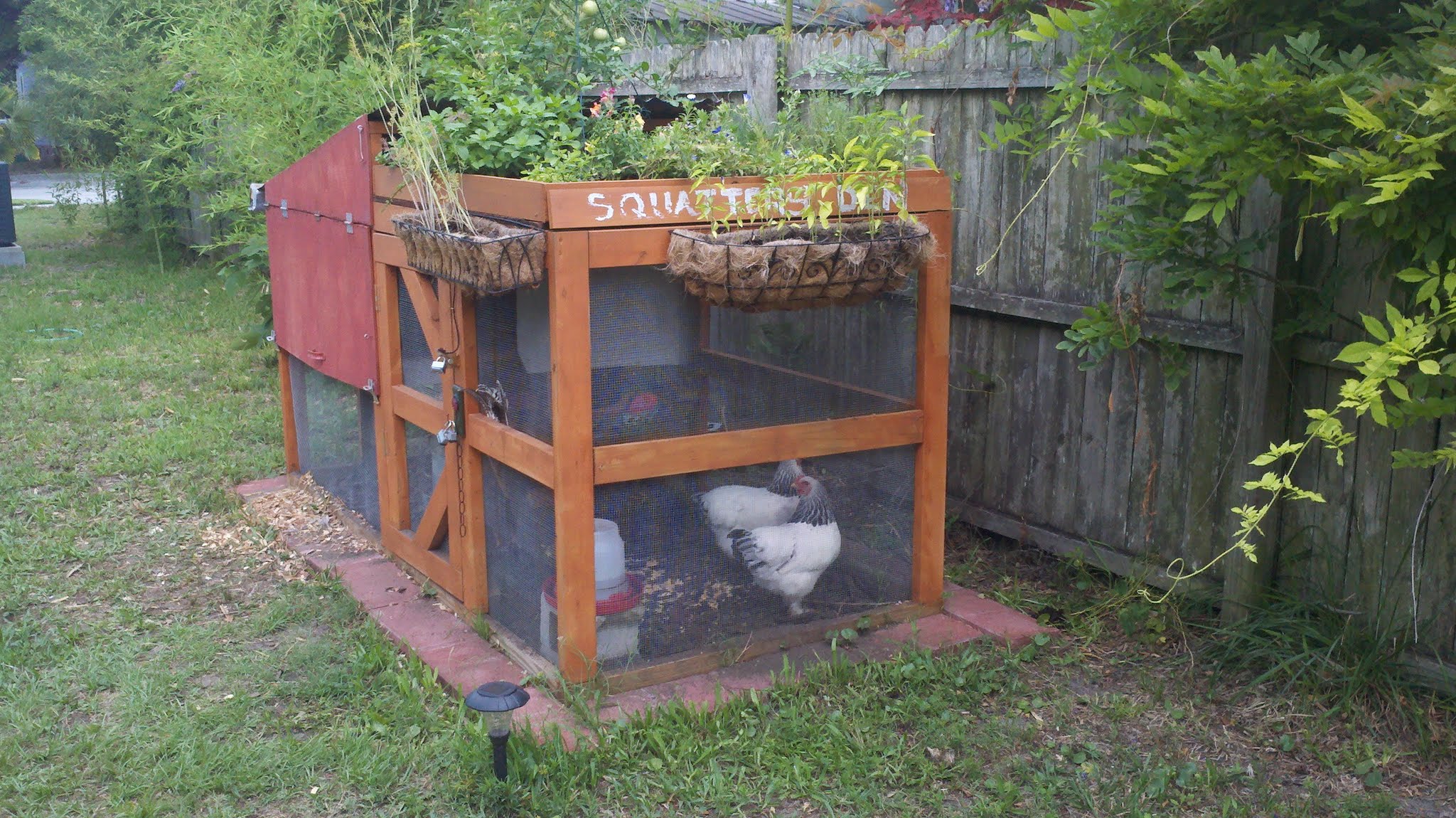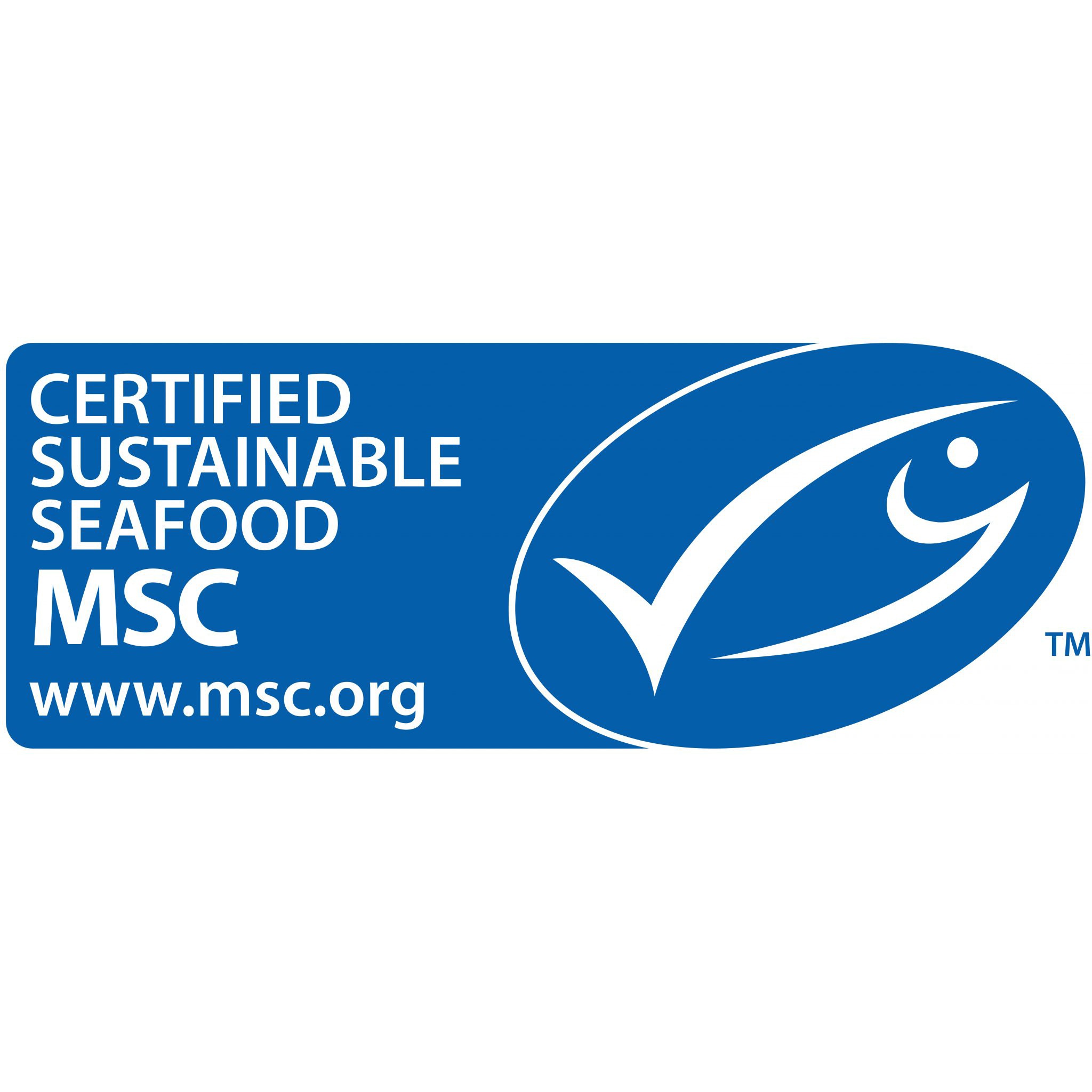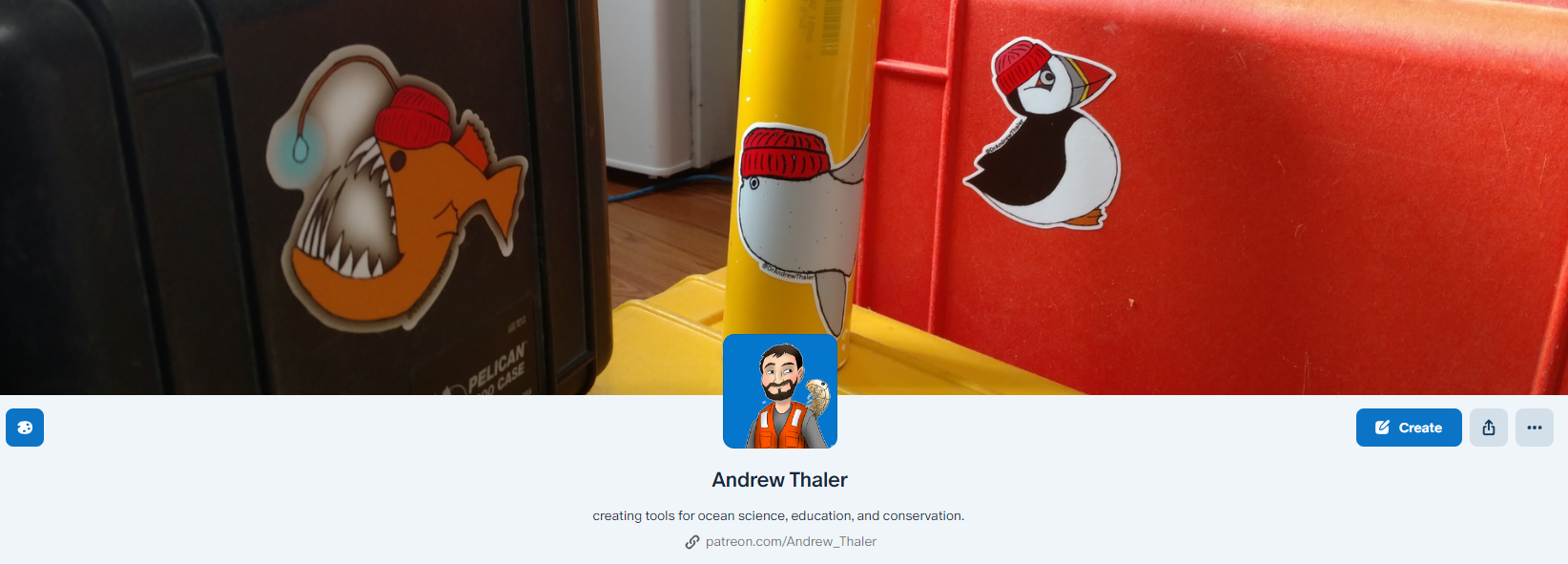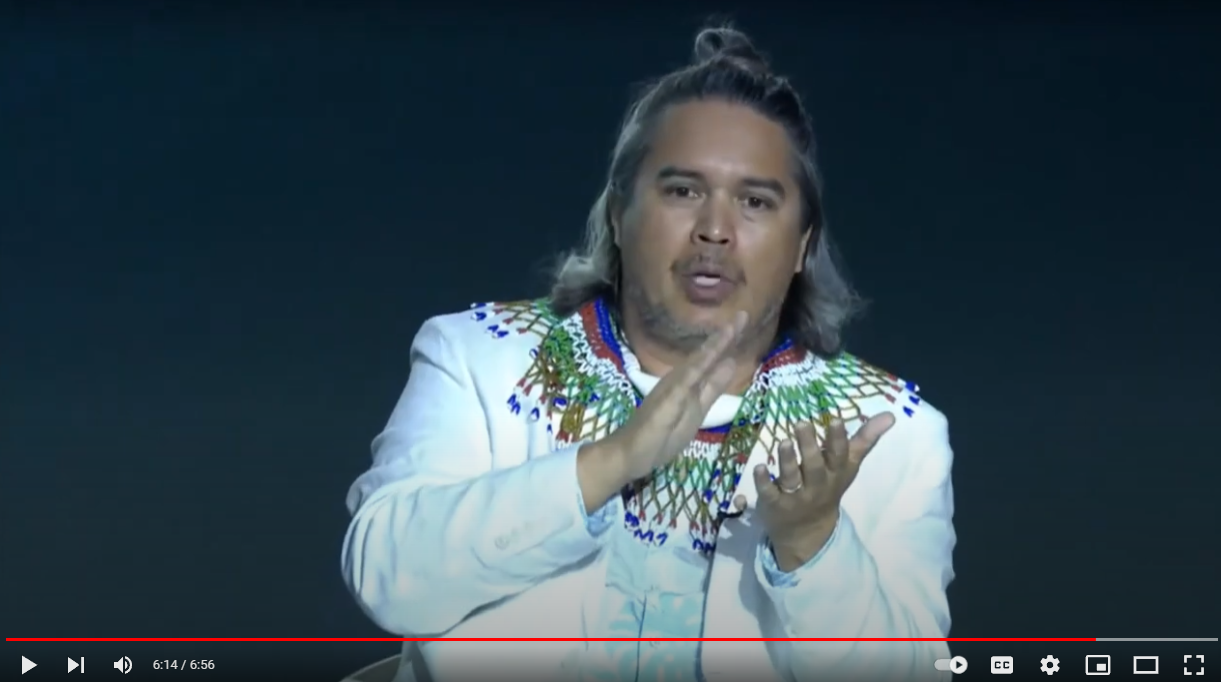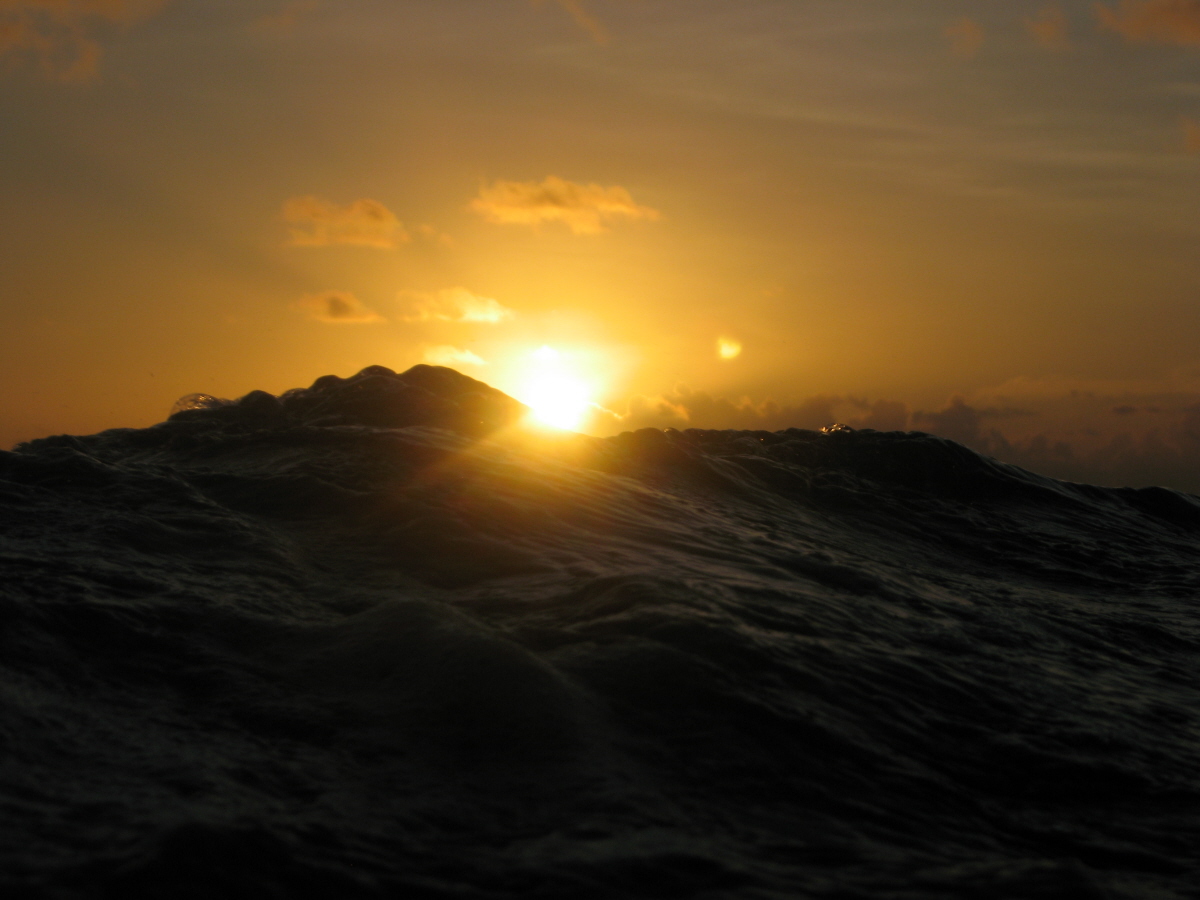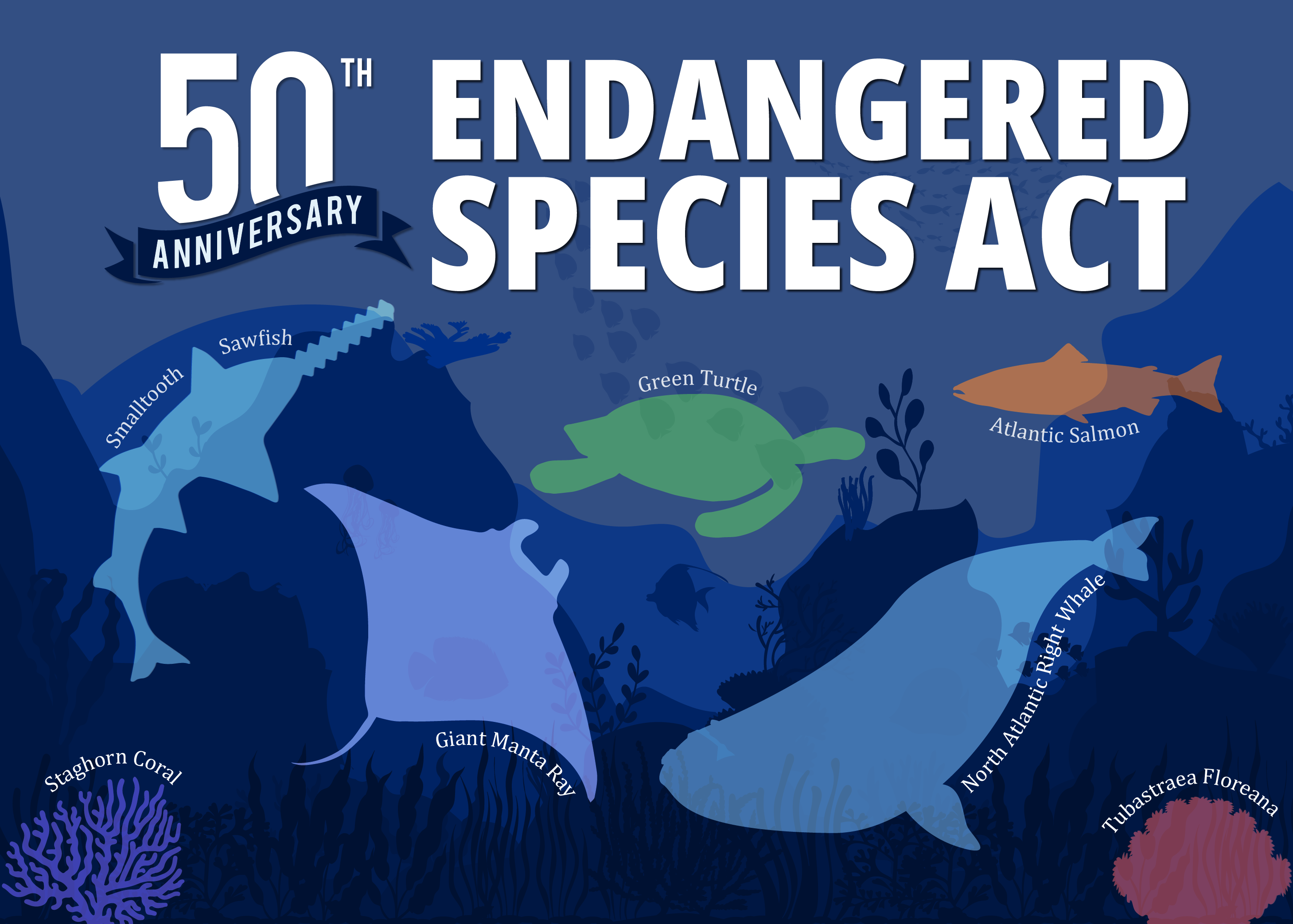A groundbreaking journal article, recently published in Environmental Justice, calls for a significant shift in the approach to conservation in the Pacific Remote Islands Area (PRIA). The article, titled “Disavowing the Doctrine of Discovery: Indigenous Healing, Decolonization, and Implications for Environmental Justice in the Pacific Remote Islands Area,” presents a critical analysis of the proposal … Read More “Decolonize the Pacific Remote Islands” »
Category: Conservation
Friends of the Mariana Trench Express Gratitude for the Successful Publication of Monument Management Plan
On July 4, 2011, I unveiled my designs for the Pico Farm, a tiny chicken coop and garden that fit into a 4′ by 8′ footprint. It was a cool little thing that fit into just about any backyard and laid the foundation for my decades long love of raising chickens. We even got an … Read More “Reflecting on my favorite chicken coops.” »
An epidemic of spinning disease is killing these Critically Endangered animals in a horrifying way. I spoke to experts to help understand what’s going on and what’s being done to help. A dead sawfish is unloaded by the Florida Fish and Wildlife Conservation Commission in preparation for a necropsy. Image courtesy Florida Fish and Wildlife … Read More “Critically Endangered sawfish are spinning in circles until they die. What the heck is going on?” »
We’ve got a pair of great podcasts featuring the Southern Fried Science teams this week, starting with Angelo Villagomez on How to Protect the Ocean talking about marine protection, 30×30, and lessons learned from a lifetime protecting the ocean. Longtime friend of the blog, Beth Pike, also joins in. If you want to take a … Read More ““When you fail, you learn” and Live at AwesomeCon 2024!” »
The world’s leading sustainable seafood certification standard just made some big changes for sharks
Here are what the Marine Stewardship Council’s new requirements for sharks caught in certified sustainable fisheries mean. Sharks and their relatives are some of the most threatened vertebrates on Earth, and the number one threat by far is unsustainable overfishing practices. The Marine Stewardship Council, the non-profit that runs the world’s largest sustainable seafood certification … Read More “The world’s leading sustainable seafood certification standard just made some big changes for sharks” »
Ten years ago, freshly married and freshly relocated to Vallejo, California, I found myself in the midst of reinvention. The cycle of post-doctoral fellowships and short-term contracts necessary for an academic career didn’t suit me. I wanted stability and, importantly, I wanted freedom. Crowdfunding was new. Earlier that summer, OpenROV had shook the crowdfunding world … Read More “Small drops make mighty oceans: 10 years as a scientist on Patreon” »
Last week, Angelo spoke at thew 2024 Our Ocean Conference in Greece about going beyond 30×30 and how we equitably measure ocean success. You can also read his full prepared statement here: What I Meant to Say at Our Ocean Greece 2024
The great strength of 30×30, the national goal to protect 30 percent of the ocean by 2030, is that it sets out a framework wherein there is agreement that our shared use of public lands and waters fall along a spectrum, ranging from sacred places to wise use.
2023 marked the 50th anniversary of the Endangered Species Act, one of the earliest, strongest, and most important conservation laws on Earth. The environmental non-profit Defenders of Wildlife wrote a report tracking successes (so far) and proposing improvements for the future. I interviewed Dr. Lindsay Rosa, the Vice President of Conservation Research and Innovation at … Read More “After 50 years of conservation, what’s next for the Endangered Species Act?” »
